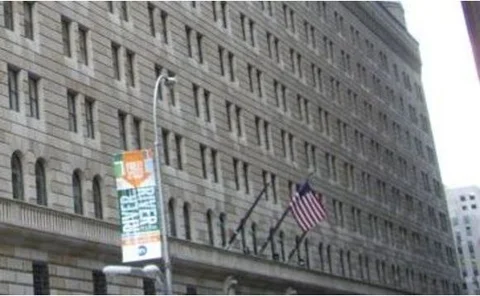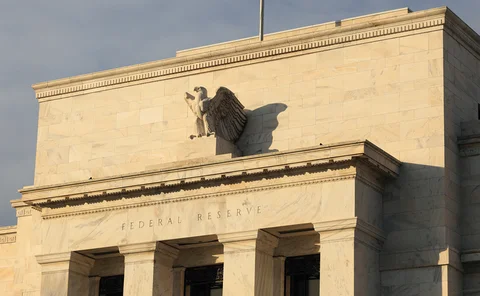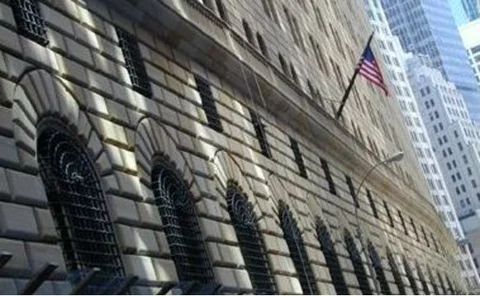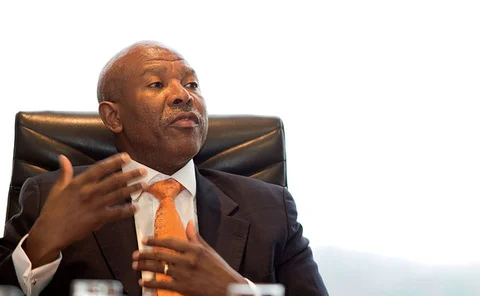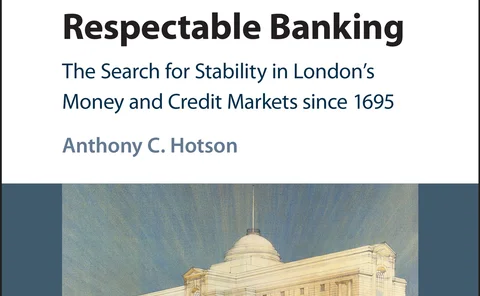Financial crisis
The IFF China Report 2018: China’s opening-up and reform policy
The experiences of China’s opening-up and reform during the past 40 years, which includes a transition from an agricultural economy to one seeking to offer high-end manufacturing and services, offer valuable lessons to other nations seeking to pursue…
Synchronisation of global house prices poses new risks – IMF
Macro-prudential housing policies may be affected by global movements, researchers say
ECB supports giving ESM independence
Reformed ESM should be used to provide “backstop” for bank resolution, ECB says
Riksbank should reduce balance sheet to avoid risks – Flodén
“Best way” of running down bond holdings is to hold bonds until maturity
Book notes: The paradox of vulnerability, by John Campbell and John Hall
Quality of national institutions vital to handling financial crises, say authors
Former governor: Life lessons from Taiwan
Perng Fai-nan, former governor of the Central Bank of the Republic of China (Taiwan), shares key insights upon accepting Central Banking’s Lifetime achievement award
The IFF China Report 2018: Post-financial crisis – A decade on
The Global Financial Crisis sparked Group of 20 countries to introduce tough new regulations on financial institutions and instruments. Yet the architecture of the global monetary, economic and financial system has many flaws. What lessons can China…
New York Fed lays out QE unwinding scenarios
Fed’s balance sheet is expected to stabilise between $2.5 trillion and $3.3 trillion
Fed outlines simplified capital regime
“Stress capital buffer” would likely raise capital requirements somewhat for many of the largest banks and lower them for the smallest, the Fed says
BoE goes granular with data experiment
UK central bank announces successful data proof of concept looking to store, organise and combine data based on the XBRL standard
Iceland is ready to drop final capital controls – Guðmundsson
Icelandic governor says economy is sturdy enough to allow the removal of the remaining controls
Student debt becomes a bigger threat to US financial stability
The debt has surpassed auto loans and credit cards, and now only trails mortgages
New York Fed launches rates replacing US Libor
New rates are calculated using actual interbank transactions
South Africa’s ‘twin peaks’ regulatory model goes live
Sarb takes control of prudential regulation and new conduct regulator opens its doors
Book notes: A diary of the euro crisis in Cyprus
Panicos Demetriades’ book tells the inside story of the Cypriot crisis and how battles over central bank independence led ultimately to his resignation
Basel Committee highlights best practice for early intervention
Supervisors have become more forward looking and adopted new tools since 2008 in a bid to catch trouble early
Communications on financial stability should be strengthened
The IMF’s Olga Stankova outlines how central banks and other official agencies can better communicate their financial stability work
Lagarde proposes new European fiscal fund
The mechanism would reduce reliance on monetary policy to respond to future crises
Book notes: Respectable banking, by Anthony Hotson
The author’s sensible goal of “respectable banking” is admirable, but the recommendations would not all help to achieve this
Public debt in low-income countries rising to risky levels – IMF
The fund recommends official creditors co-ordinate their response to debt crises
Canada’s Wilkins calls for improved macro frameworks
Bank of Canada deputy highlights the importance of better models and improved data in understanding impact of monetary policy on stability
Supervision hampered by fragmented banking regulation – Lautenschläger
Current framework needs wider scope to secure a safer financial system, ECB supervisor says
New York Fed director involved in selecting new president resigns
David Cote stepped down shortly after the institution revealed it was considering “a handful of final candidates”
Fed’s unconventional policies similar to measures in 1920s, says research
Market operations early in the 20th century more than tripled Fed’s Treasury portfolio







